ERD just for ease to vizualise:
Locations from table "Location" can be linked to each other via the associative entity "Link Location"
Let's say that there are some current links that look like this:
location_id_1 location_id_2 active
1 5 True
5 3 True
2 6 True
4 6 True
6 7 True
I am trying to write a query that will return a single column with all IDs that might be connected to each other even if removed/distanced by one or more links. So, 1 is linked to 5 and 3 is linked to 5. Because of the common ID of 5, 1 is also linked to 3 once removed.
So, in my query I'd like to be able to decide on a "Prime Location", if you will, and then it will return all location ids, in one column, that are connected to my prime location, be it directly, or once or twice or n times removed.
I can do this easily with the 1st degree of links that might happen (See query below), but once I introduce 2nd or 3rd degree links, I am struggling to see another way other than manually updating my query to allow for another degree of linking.
declare @PrimeLocation int
set @PrimeLocation = 1
Select location_id_1
from [Link Location]
where location_id_1 = @PrimeLocation
or location_id_2 = @PrimeLocation
union
Select location_id_2
from [Link Location]
where location_id_1 = @PrimeLocation
or location_id_2 = @PrimeLocation
This query obviously only returns "1" and "5". But how do I get it to return "3" as well, and other IDs, should I add another link maybe to 3 in the future that might then be twice removed from 1? And can I do this without having to add to my query every time?
So, if my "Prime Location" = 1 (or 3 or 5) my result set should be:
location_id
1
3
5
And if my "prime location" is 2 (or 4 or 6 or 7) my result set should be:
location_id
2
4
6
7
Thanks in advance.
